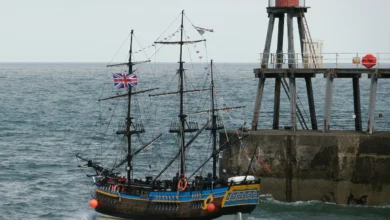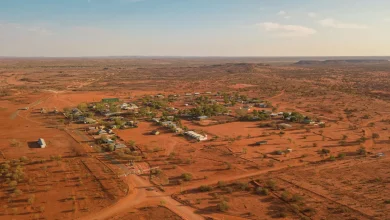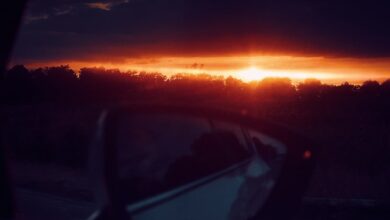Imagine yourself standing at the entrance to Grotte des Contrebandiers, or “Smugglers’ Cave”, just south of Rabat in Morocco. The Atlantic breeze and the weight of history are mingled here, creating a stage for a child’s story to be frozen nearly 115,000 years ago. These fragile bones are not relics, but whispers of a long-gone world, calling us to reflect, contemplate, and humanise the connection we have with time. The Worlds Oldest Child.
A serendipitous discovery in a geographic tapestry
In 2009, Moroccan researcher Mohamed Abdeljalil El Hajraoui led an archaeological survey in which the ochre-hued layers of the cave were examined. The delicate remains of the child were found. The skull and a partial torso, which date back to 115,000 years ago, represent one of the most complete ancient child discoveries on the continent. It is an important crossroads in human history. It’s located not far from Rabat and is part of a network of caves, including the famous Jebel Irhoud. The caves are teeming full of traces of human history.
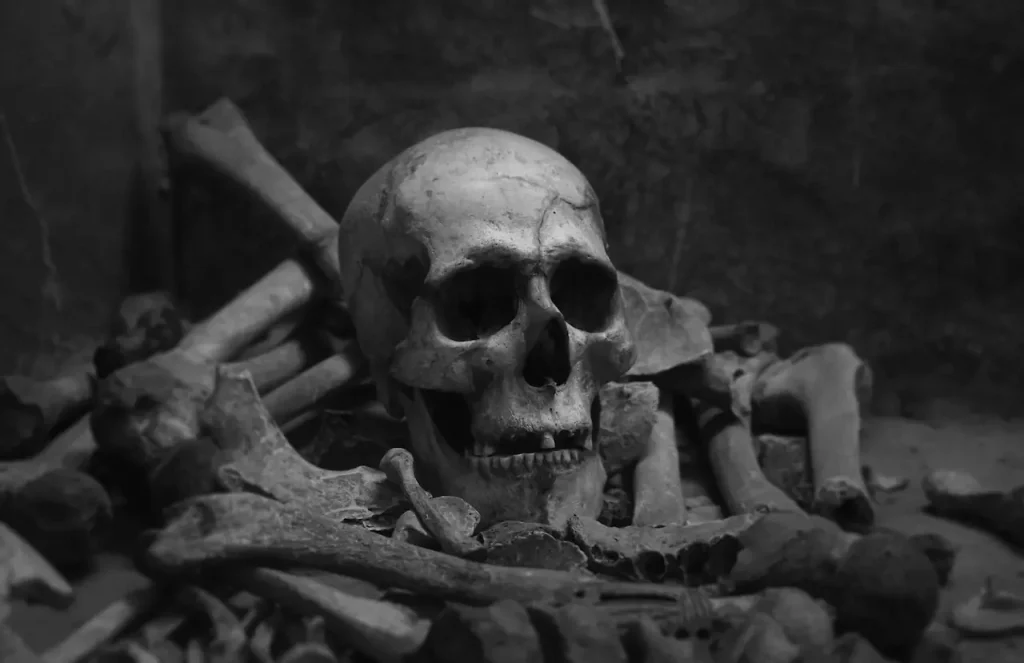
Bouchra is more than a name
Researchers named the child Bouchra in Arabic, which means “good news”. The name suggested a girl, but later analysis revealed that the remains were more likely those of a boy. However, the name stuck. Bouchra, estimated to have been 6-8 years old when she died, belonged to an era of early Homo sapiens cultures that were in full bloom, as evidenced by the shells used for jewellery and the remains of sea snail necklaces discovered nearby.
Faces in Transition: A blend of primitive and modern
Scientists used cutting-edge imaging and reconstruction modelling to reconstruct parts of Bouchra’s skull and body. The result was a beautiful and curious blend of features: thin cheekbones and a flatter face, which echo modern Homo Sapiens’ faces. These were combined with primitive traits such as a protruding mouth and a braincase, both elongated but less rounded.
This duality reflects the evolution of humankind in motion. It is not a straight line but rather a mosaic, with traits that evolve at different rates and unfold across centuries, landscapes, and cultures.
Culture and Community: Tools, Shells and Traces from Ritual
Stone tools and hundreds of animal bones butchered nearby spoke of everyday survival. Yet what truly ignites the imagination were the shell artifacts, perforated and polished, reused as adornment. These early examples of aesthetic or symbolic expression show that someone was concerned about more than just survival. They were also concerned about identity and meaning.
The careful placement of Bouchra’s body and the artifacts around it, while not conclusive evidence of a ritual burial, suggests intentional behaviour.
Morocco: Geographic Crucible of Human Origins
We now know that Morocco has played a major role in the evolution of humanity. The Jebel Irhoud site, located further south, revealed Homo sapiens fossils ranging from 280,000 to 350,000 years ago, some of the oldest ever identified, reshaping the idea that humanity originated solely in East Africa
Moreover, renewed work on cave sites such as Dar-Es-Soltane 2 and Grotte des Contrabandiers reflects a growing Moroccan autonomy in science, with INSAP leading the fieldwork and partnering internationally to unlock the deep history of the country.
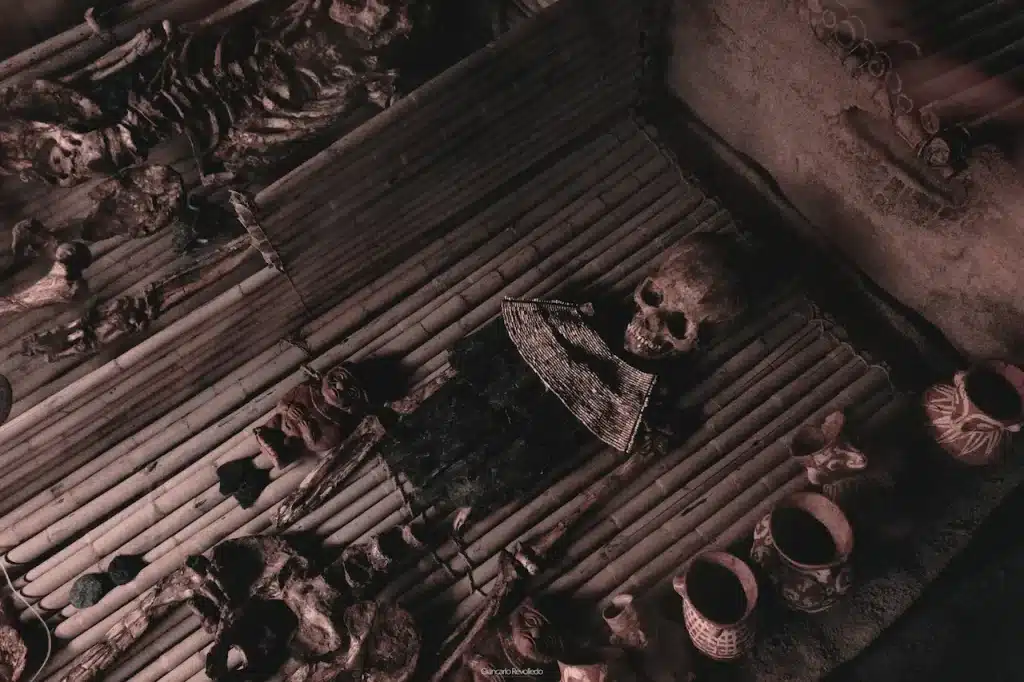
Bouchra: A Humanised Geographic Tale
Imagine walking along the Atlantic coast of Morocco. As you walk along the paths that were once used by nomadic hunter-gatherers, the sunrise will tint the limestone caves of limestonecaves golden. As you descend into Grotte des Contrebandiers, beams of early light illuminate a small gap in the rock. Brushes reveal the gently curving ribs of a child, and a partial skull that stares back into time.
What was Bouchra’s thought? Heard waves crashing from afar. Do you think he was placed here with love and care by his caregivers, who offered him shells as a companion? Did they grieve for him? We’ll probably never know. As you emerge from the darkness, with the Atlantic sweltering in front of you, you carry that whispered memory, not as a relic but as a travel companion across the centuries.
Summary of Meaning
- Remarkable and Rare One of the oldest Homo sapiens children remains from Africa dates back to 115,000.
- Geographical insight: Morocco is a key area in the early modern human evolutionary process, challenging East Africa-only narratives
- Cultural Echoes: Shell ornaments, tools, and early symbolism suggest rising cultural complexity
- Scientific Independence: Morocco’s archaeology institutions are growing stronger, making local exploration and preservation possible, as well as sustainable interpretation.
